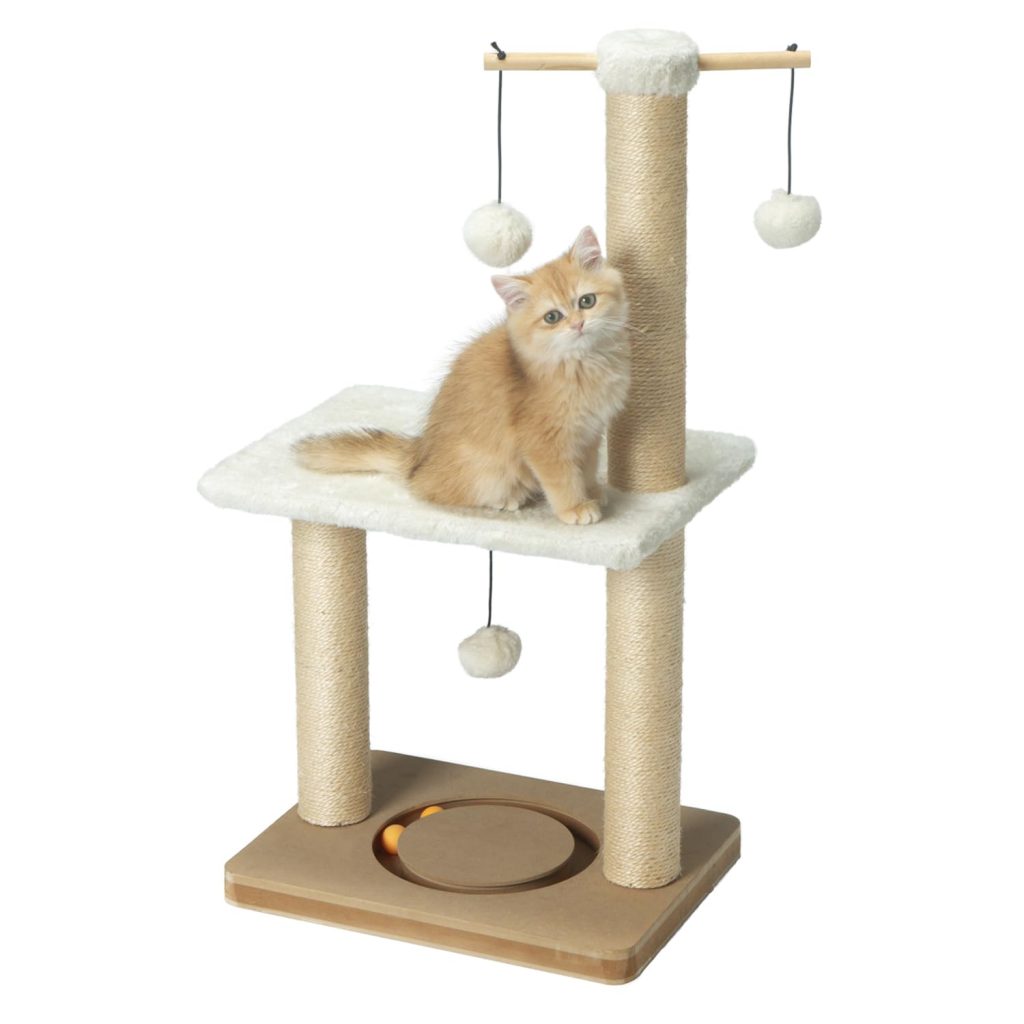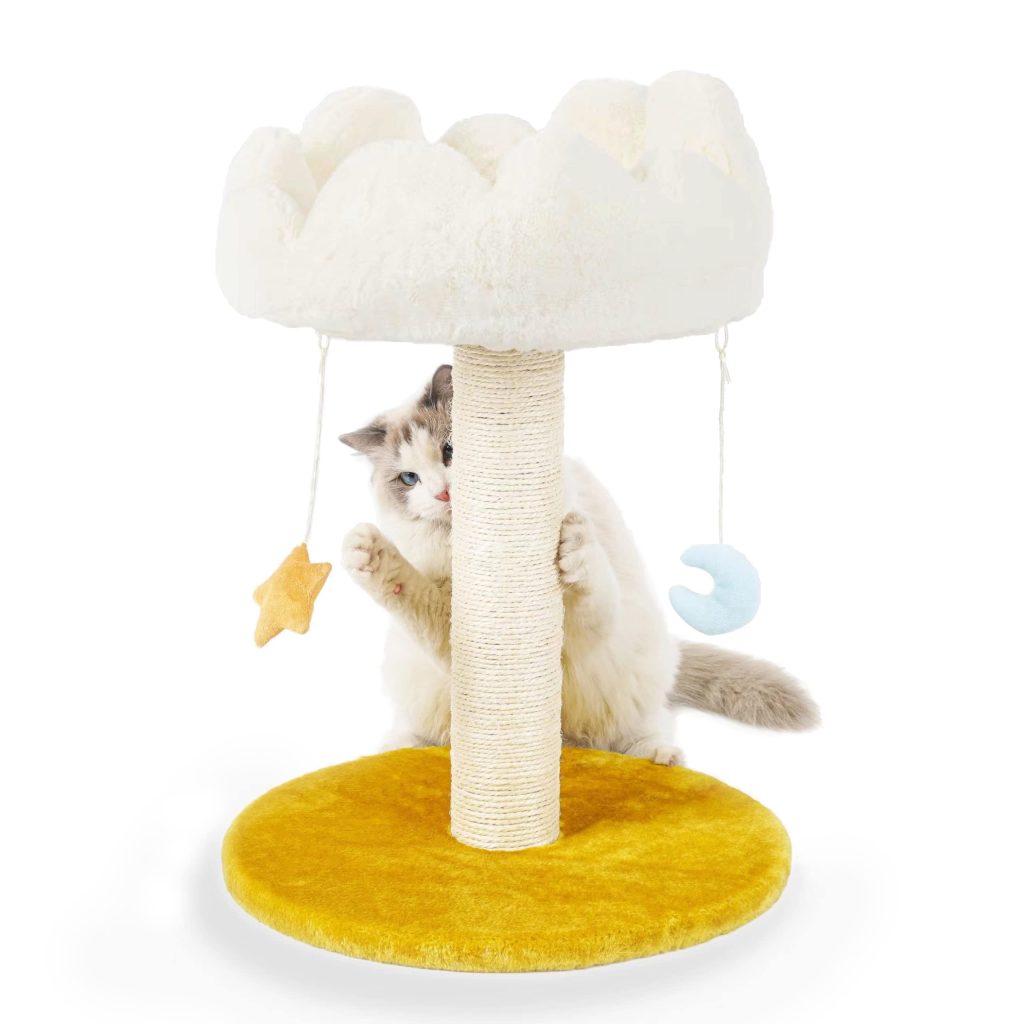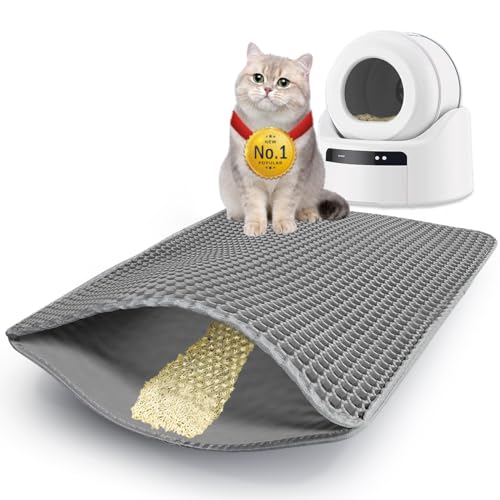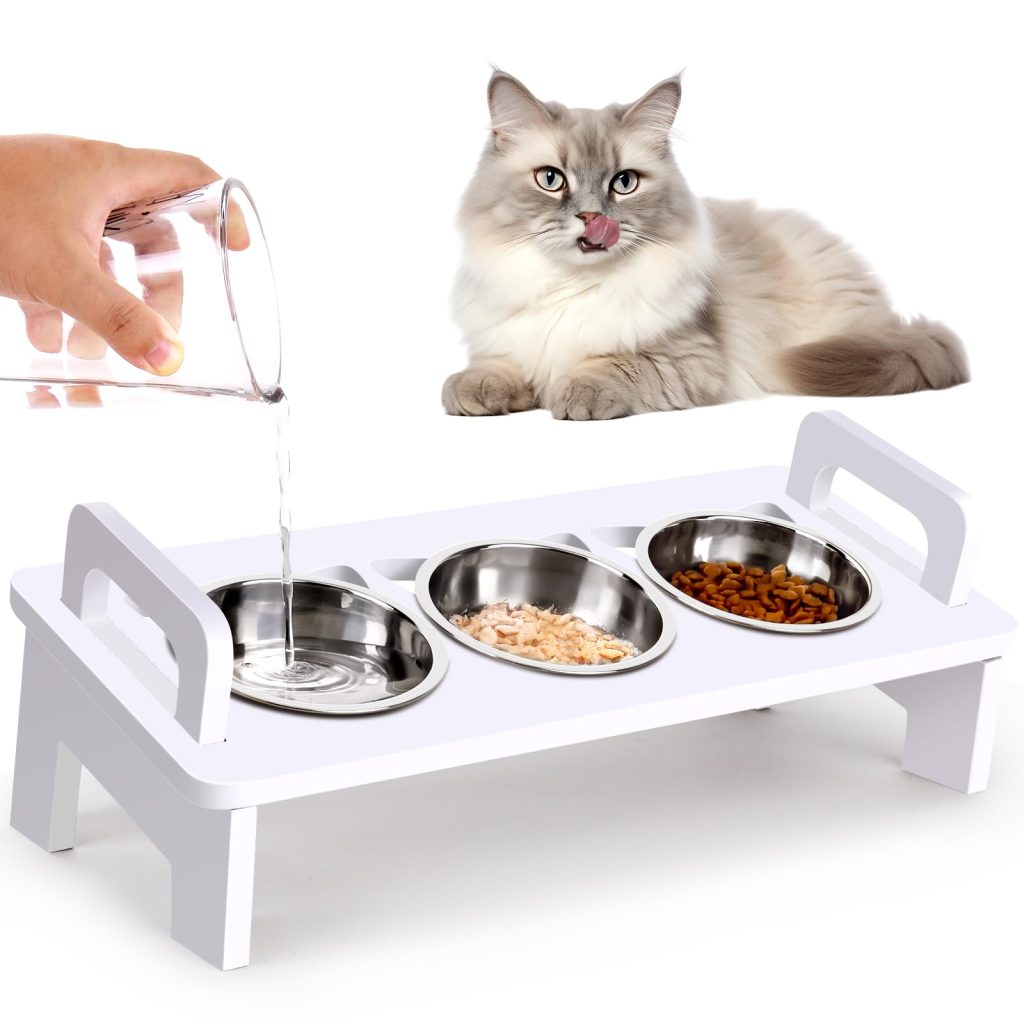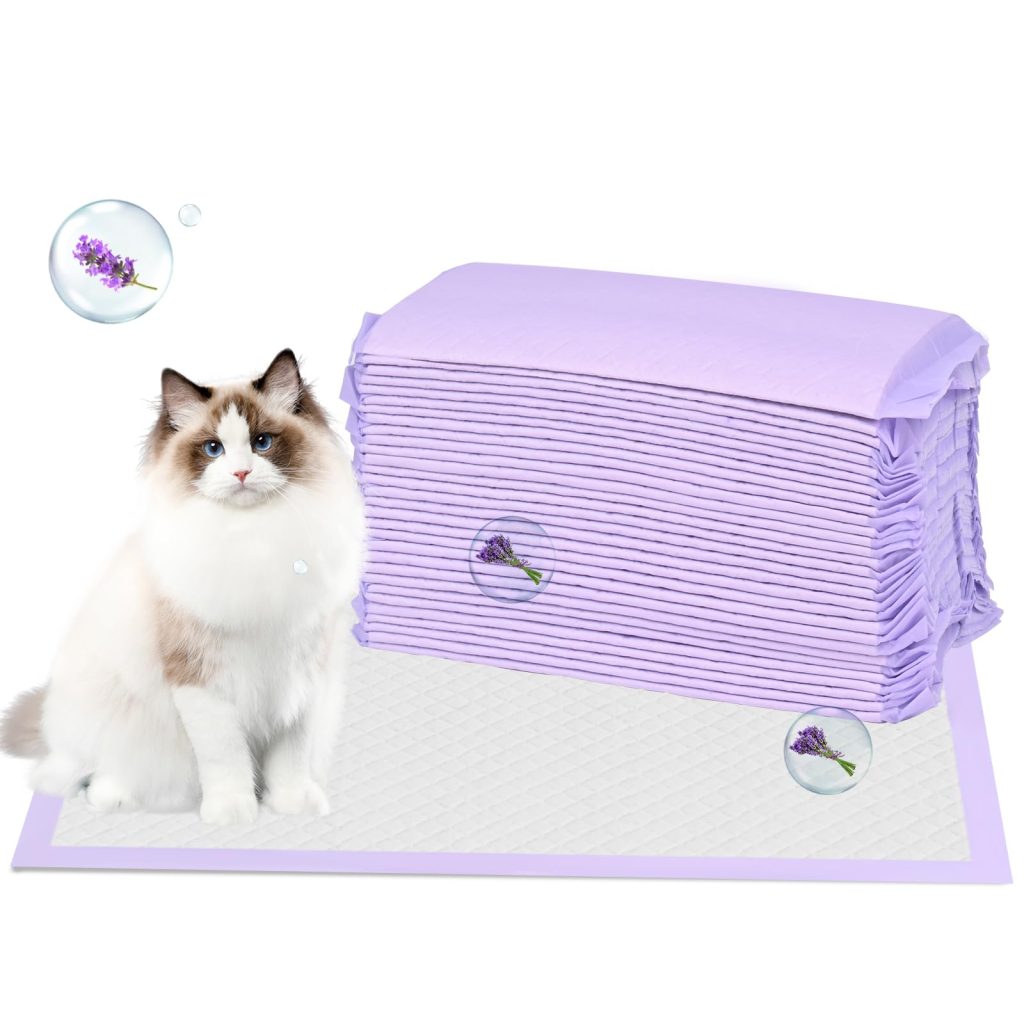
Understanding Feline Stress Triggers
Imagine for a moment that you’re fluent in the subtle language of cats. You’d understand every twitch of the whiskers, every ear flick, and every nuanced meow. Cats communicate stress in ways that are often overlooked by us humans. Knowing what sets off your feline friend’s alarm bells is key to a happy, healthy kitty.
So, picture your cat’s world. It is filled with certain rhythms and routines — and cats are creatures of habit. Anything that disrupts their familiar territory or schedule can send them into a fuzzy tizzy. An unexpected visitor, a new pet, or simply rearranging the furniture can make Fluffy feel like her tail is on the line.
Other stress triggers are less obvious. Things like the scent of another animal on your clothing, a stray cat loafing outside the window, or that high-pitched noise from the vacuum cleaner can crank up their stress dial.
You’ve also got to ponder their past experiences. A rescue cat may have a suitcase full of anxieties from previous encounters. Even a trip to the vet that seemed to go smoothly could be a lingering phantom in their memory, ready to haunt at the mere sight of a pet carrier.
We can’t tell you how many times the simple act of a cat spotting their carrier has turned into an impromptu game of hide and seek! Did you know that an outfit change could signal to a cat that something’s up? Next thing you know, you are wearing your Sunday best and your cat’s under the bed.
Communication between you and your cat has to go both ways for a serene coexistence. Understanding their body language is like having a secret decoder ring. Is your cat’s tail puffed up? They might be on edge. Are their ears pinned back? Uh-oh, someone’s not happy. Becoming fluent in these feline tells can be a game-changer in preempting the kitty chaos that stress can trigger.
All these triggers boil down to unexpected changes in their environment, routine, or social structure. A cat’s world is very sensory –- from sights and sounds to smells — every aspect contributes to their sense of security.
By tuning into these subtle (and sometimes not-so-subtle) signs, you become an ally in your cat’s eyes, helping them navigate the complexities of a world that doesn’t always speak ‘cat’.
Desensitization Techniques for Veterinary Experiences
Approaching the issue of feline fretfulness during vet visits starts with the gradual process of desensitization. Imagine you are teaching your fur-coated companion to become a zen master, one paw at a time. It is about turning those vet-related buzzkills into something as routine as their daily nap in the sunbeam.
First up, let’s talk carriers. These portable kitty condos don’t have to be synonymous with doom and gloom. The trick is to help them associate the carrier with positive experiences. Start by keeping the carrier out in the open, allowing curiosity to triumph over fear. Sprinkle some treats or toss in a favorite toy to create a welcoming ambiance. Over time, your cat might just stroll in for a snooze, transforming it into a safe hangout spot rather than a feline paddy wagon.
Now, for the mock vet visits. Create a chill vibe by mimicking the sounds and smells of a vet’s office within the comfy confines of your home. You can play recordings of clinic noises at a low volume and periodically increase it, so they get used to the soundtrack of their checkups. Infuse their space with calming pheromones or use a familiar blanket to swaddle them gently, creating an olfactory and tactile buffer against the sterile vibe of a clinic.
Handling practice is also a must — consider of it as kitty yoga. Regularly and gently handle your cat’s paws, ears, and mouth, so they become more accepting of the poking and prodding from a friendly vet. Pair each touch with a reassuring stroke or a delightful treat to seal the deal on a positive note.
Making a mockup of the exam table using a washing machine or countertop could also help. This gets Fluffy used to being up high and standing on unusual surfaces. Turn it into playtime or cuddle sessions to layer in those good feelings.
And let’s not forget the power of play. After each desensitization session, reward your kitty with a round of their favorite game. It keeps the mood light and associates the vet prep with fun times.
Remember, patience is key. Rushing can backfire, causing more stress. Work these practices into your daily interactions, and soon, the vet might just become another adventure on their feline itinerary, rather than a trip to the shadow realm.
By understanding that the goal is to dismantle fear by building familiarity, you’re not just gearing up for simpler vet visits — you’re developing a deeper bond with your whiskered sidekick. Through this journey, you are conveying a clear message: the world outside their favorite window perch isn’t so scary when they’ve got a human who’s got their back… and their treats.
Practical Tips for Stress-Free Carrier Use
It is time to explore turning that dreaded carrier into a cozy retreat for your whisker-wielding buddy. Who says carriers have to be stress-inducing? With a dash of creativity and a sprinkle of patience, you can convince your cat that their carrier is less of a trap and more of a mobile snuggle spot.
First things first – leave the carrier out in the living space, as if it’s part of the décor. Casually, like it is a new piece of furniture you bought for their leisure. Line it with a soft blanket that smells like home, or even better, like you. It can become an inviting new napping spot, especially if you strategically place it where they already love lounging.
Ever thought about making mealtime a movable feast? Feed your furry friend treats or meals inside the carrier. This can shift their perception from ‘scary box of doom’ to ‘place of delicious noms’. Before you know it, they’ll be trotting into their carrier with purrs and anticipation.
What about catnip, you ask? For some cats, catnip is an irresistible draw. A sprinkle of this magical herb inside the carrier can prompt a party for one, changing the vibe from terrifying to thrilling.
It might also help to play a bit of dress-up with the carrier. Customize it with fun stickers or fabrics to make it visually appealing. Sure, your cat might not care about the aesthetics, but if you are happier looking at it, that positive energy can be contagious.
Transportation rehearsals can be equally effective. Start with short in-home moves from room to room, then branch out to a quick jaunt to the mailbox. The point here is familiarity with movement – soon, these mini-trips won’t be a big deal. But remember, safety first – always secure the carrier in the car, and never leave them unattended.
How you carry the carrier matters too. Keep it stable and at a level height to prevent that seasick feeling, and steer clear of noisy and rough paths.
Pro tip: when it’s time to get your cat inside, always stay calm. Cats are masterful mind readers – if you’re stressed, they’ll be too. Speak softly, move gently, and maybe, just maybe, they’ll saunter in without the usual theatrics.
Lastly, celebrate every small win. If they sniff the carrier, good job! A tentative paw inside? Party time! With positive reinforcement, your cat’s travel abode will soon be just another comfy spot on their mental map of safe places.
At the end of the day, the goal is to make your cat’s carrier feel like home on the go. With these practical tips, your cat’s travel experience can go from panic to peace, fostering a bond of trust between you and your petite panther that no amount of road miles can shake.
Behavioral Strategies on the Day of the Vet Visit
The morning of the vet visit can be a stealth operation with a whiskered operative on high alert, but it doesn’t have to be. A calm, breezy attitude is your best friend here, and it can set the tone for the whole trip. Plan accordingly to give yourself plenty of time. Rushing can ruffle both human and feline feathers, adding unnecessary stress to the equation.
Before the carrier comes into play, engage in a soothing session of play or cuddling – depending on what your cat enjoys most. This creates a positive mood and can help them relax before the transition into the carrier. A tired cat, happily worn out from chasing laser dots or pouncing on toy mice, is also less likely to have energy for resistance or shenanigans.
Once it’s time to head to the vet, transfer them into their carrier with as much zen as you can muster. If your cat has become accustomed to the carrier through your earlier efforts, this step can be vastly easier. Gently guide them in, always associating it with soft tones and soothing words. If they’re still hesitant, a treat or their favorite toy can be the peace offering that seals the deal.
During the transit, keep the environment as calming as possible. If you are driving, play soft, melodious music that is soothing for both you and your feline friend. Steer clear of any loud noises or abrupt movements. The key is consistency and predictability; it tells your cat everything’s okay.
When you arrive at the vet, maintain that steady, calm demeanor. Hold the carrier in a way that avoids jostling, and when waiting, place it in an area that’s as removed from other animals and loud noises as possible. A cover over the carrier can also help keep external stimuli to a minimum, creating a private hideout for them to retreat to.
After the check-up and treatments are done, offer your cat praise for their bravery – even if they spent the visit voicing their dissatisfaction. Soft pets and comforting words can work wonders in reassurance. When you arrive back home, let them come out of the carrier on their own terms and give them some quiet time to decompress.
Eventually, with consistency and patience, your cat can learn to see vet visits as just another part of life, with little to fear. It’s all about building trust, maintaining routine, and conveying a sense of safety at all times. By doing so, you strengthen your bond with your furry friend, ensuring that even the necessary trips to the vet are manageable experiences rather than battles of wits and will.
